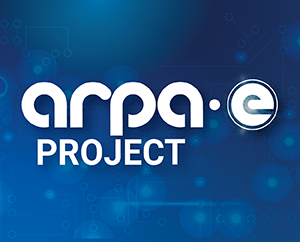Hydrogen-Bromine Flow Battery

Technology Description:
Lawrence Berkeley National Laboratory (LBNL) is designing a flow battery for grid storage that relies on a hydrogen-bromine chemistry which could be more efficient, last longer, and cost less than today's lead-acid batteries. Flow batteries are fundamentally different from traditional lead-acid batteries because the chemical reactants that provide their energy are stored in external tanks instead of inside the battery. A flow battery can provide more energy because all that is required to increase its storage capacity is to increase the size of the external tanks. The hydrogen-bromine reactants used by LBNL in its flow battery are inexpensive, long lasting, and provide power quickly. The cost of the design could be well below $100 per kilowatt hour, which would rival conventional grid-scale battery technologies.
Potential Impact:
If successful, LBNL's flow battery would provide an affordable, long-life, grid-storage device that can encourage the widespread use of wind and solar power.
Security:
A more efficient and reliable grid would be more resilient to potential disruptions.
Environment:
Electricity generation accounts for over 40% of U.S. carbon dioxide (CO2) emissions. Enabling large-scale contributions of wind and solar power for our electricity generation would result in a substantial decrease in CO2 emissions.
Economy:
Increases in the availability of wind and solar power would reduce fossil fuel demand, resulting in reduced fuel prices and more stable electricity rates.
Contact
ARPA-E Program Director:
Dr. Ilan Gur
Project Contact:
Dr. Venkat Srinivasan
Press and General Inquiries Email:
ARPA-E-Comms@hq.doe.gov
Project Contact Email:
vsrinivasan@lbl.gov
Partners
Robert Bosch, LLC
DuPont
Related Projects
Release Date:
03/02/2010
